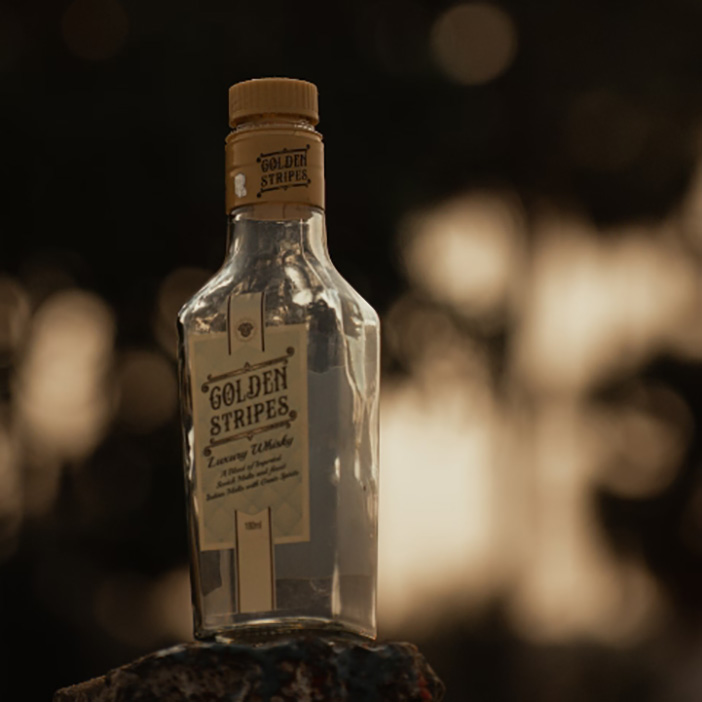How Much Alcohol Is Really in a Pint of Liquor Compared to Other Sizes?
Let’s cut to the chase: If you’re buying a pint of liquor, you’re probably wondering, "How much alcohol am I actually getting here?" And how does that compare to other bottle sizes like a fifth, a handle, or a half-gallon? Whether you’re stocking your home bar, planning a party, or just curious about standard measurements, this guide breaks down the alcohol content in a pint of liquor and other common sizes.
We’ll dive into the math (don’t worry—no calculus here), explain why bottle sizes matter, and even throw in some pro tips for choosing the right size for your needs. Let’s get started!
First off, let’s clarify what a pint of liquor really means. In the U.S., a pint is 16 fluid ounces (473 mL). But here’s the kicker: Not all "pints" are created equal. Confused? You’re not alone.
For example, beer pints are 16 oz, but liquor bottles labeled as "pints" can sometimes vary due to outdated labeling laws or regional differences. To avoid surprises, always check the label for exact milliliters or ounces. A true pint of liquor contains roughly 10.6 standard drinks (assuming 40% ABV). We’ll explain why that number matters later!
To understand where a pint of liquor fits in, let’s map out common bottle sizes:
Notice how the pint of liquor sits between the half-pint and fifth? It’s ideal for folks who want more than a mini bottle but aren’t ready to commit to a fifth.

Here’s where numbers get fun. Let’s compare total alcohol by volume (ABV) across sizes. Assume we’re talking about 80-proof liquor (40% ABV):
So, a pint of liquor packs about 6.4 oz of pure ethanol—enough for 10–12 cocktails but still manageable for casual use. Compare that to a handle, which has nearly 4x the alcohol!
Choosing between a pint of liquor and larger sizes isn’t just about math. Consider these factors:
Pro Tip: Many premium brands sell pint-sized liquor bottles, making them perfect for sampling high-end spirits without breaking the bank.

Great question! The CDC defines one standard drink as 0.6 oz of pure alcohol. That equals:
Using this, a pint of liquor (16 oz at 40% ABV) delivers roughly 10.6 standard drinks. Compare that to a fifth (16.9 drinks) or a handle (39 drinks). This math is crucial for pacing yourself or planning events.
Still torn? Here’s a cheat sheet:
Pick a Pint of Liquor If…
Go Bigger If…
History time! Before 1980, U.S. liquor bottles were sold in gallons. A "fifth" equaled 1/5 of a gallon (25.6 oz). Though the U.S. switched to metric sizes (750 mL), the term "fifth" stuck around. Meanwhile, the pint of liquor kept its name from the beer world—a nod to British pub culture.
Nope! Unlike wine, liquor doesn’t degrade if sealed properly. A pint of liquor stays good for decades if unopened. Once opened, evaporation and oxidation can slightly alter flavors after 1–2 years. Store bottles upright in a cool, dark place, and you’re golden.
Whether you grab a pint of liquor, a fifth, or a handle, understanding alcohol content helps you drink smarter. Pints offer flexibility and moderation, while larger sizes save cash for frequent sippers. Next time you’re browsing the liquor aisle, you’ll know exactly what’s in the bottle—and how it stacks up.
Got questions? Check out these common ones:
Q: How many shots are in a pint of liquor?
A: About 10–11 shots (assuming 1.5 oz per shot).
Q: Is a pint of liquor stronger than beer?
A: Yes! A 16 oz pint of 40% liquor equals ~10.6 beers (at 5% ABV).
Q: Can I bring a pint of liquor on a plane?
A: Only in checked luggage. Carry-ons require bottles ≤3.4 oz.
Q: Why do some states restrict liquor bottle sizes?
A: Laws vary—some states ban pints to discourage casual consumption. Check local rules!
There you have it! Whether you’re a casual drinker or a seasoned host, understanding the alcohol in a pint of liquor (and its cousins) helps you make savvier choices. Cheers to that!